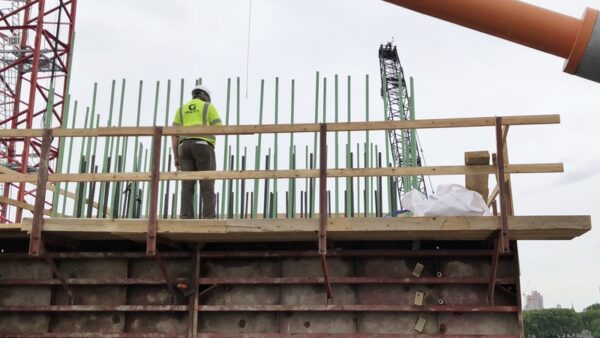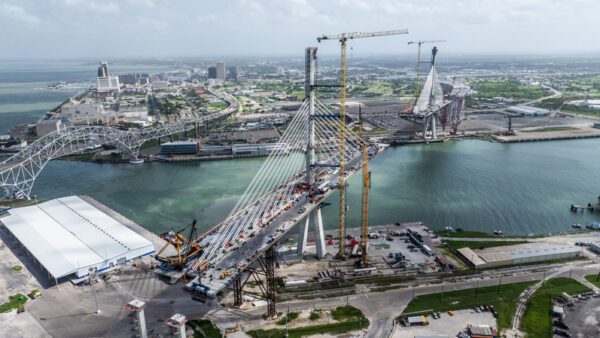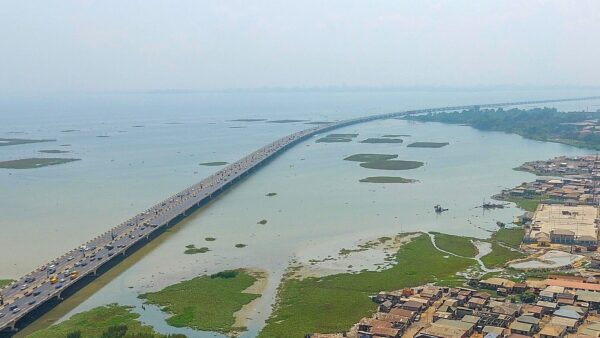For a list of reasons including political instability and bureaucratic hurdles, Norwegian hydropower engineer Statkraft is cancelling its plan to build a $1.5bn hydropower plant in Nepal, a scheme that would have almost doubled the country’s installed capacity.
Statkraft had agreed to deliver the 650MW Tamakoshi-3 (TA3) power plant – on the Tamakoshi River (pictured) – as a public-private partnership. It would have designed and built the facility and operated it for 25 years before transferring it to the government of Nepal.
Despite the TA3 decision Statkraft said it would be interested in other schemes that could demonstrate “attractive returns on investment and stable long-term conditions”.–
Sandip Shah, Statkraft’s country director for Nepal, gave a long list of reasons for pulling out of the project, including lower electricity price forecasts, insufficient transmission capacity for power evacuation, the absence of a necessary regulatory framework, and bureaucratic hurdles.
Shah also cited a fragile political situation and “a geo-political situation leading to a non-conducive project development environment”.
Despite the TA3 decision, the company said it would be interested in other schemes that could demonstrate “attractive returns on investment and stable long-term conditions”.
Statkraft obtained a survey license for TA3 in 2007 from the Government of Nepal and had got as far as conducting a feasibility study and an environmental and social impact assessment.
The project, which was to be located in Dolakha and Ramechhap districts, would have diverted the Tamakoshi river at Betane and created a 102-m-high dam.
The Nepal Electricity Authority owns 28 hydroelectric plants with a combined capacity of 480MW, and has a total available capacity of 757MW. This is grossly inadequate to the country’s demand, and 16-hour blackouts are common.
A decade-long Maoist insurgency ending in 2005, followed by years of political instability, is blamed for delays in expanding the country’s power infrastructure.
Photograph: The Tamakoshi River, in Nepal (Wikimedia Commons)
Comments
Comments are closed.







“would have diverted the Tamakoshi river at Betane and created a 102-m-high dam”. Sounds like another potential environmental disaster